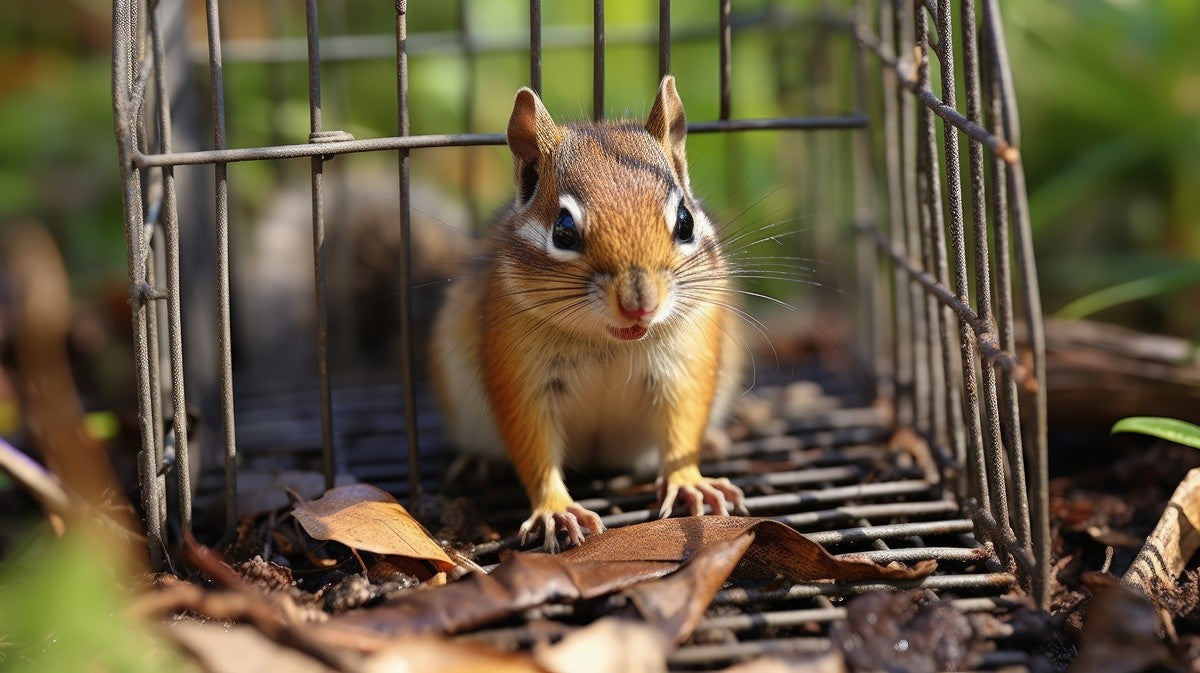3 Risks of DIY Wildlife Removal

When it comes to wildlife control, you might believe it to be easier and cheaper to capture and remove a pesky raccoon or squirrel that's wreaking havoc on your property yourself. However, do-it-yourself (DIY) wildlife removal is a lot more complex than your usual DIY projects. Keep reading to take a look at three real risks of attempting DIY wildlife removal.
1. Damage to Your Property
Setting traps around your property can damage it. You'll have to affix these traps to the ground, and it'll damage your lawn and soil. If you have bats, birds, or other critters inside your home, they'll try to escape any trap you set by burrowing into insulation, breaking windows, and more. There's also a chance that you or a family member could get hurt, too.
2. Injury to the Wild Animal
While you don't want Rocky the raccoon sharing your residence, you don't want to injure them either. You don't want to deal with finding treatment for an injured animal. Also, an injured animal can be dangerous, and you run the risk of injury as well. Wild animals can also carry diseases, which might pass to you or a loved one.
3. Wasted Time, Money, and Resources
By the time you buy or rent traps and bait, you've put considerable time and money before you've even started the removal process. It can take days or weeks before you catch the culprit, and in some cases, they might never fall into your trap. The cost in time, resources, and money is more than you may want to invest in a DIY solution.
Contact Critter Guard to Keep Pests Off Your Property
With the risks of DIY wildlife removal in mind, it’s important to ensure that wildlife doesn't make it onto your property in the first place. At Critter Guard, we offer preventative wildlife control solutions to help you do just that. To learn more about our wildlife control products, contact us today.
- Choosing a selection results in a full page refresh.


